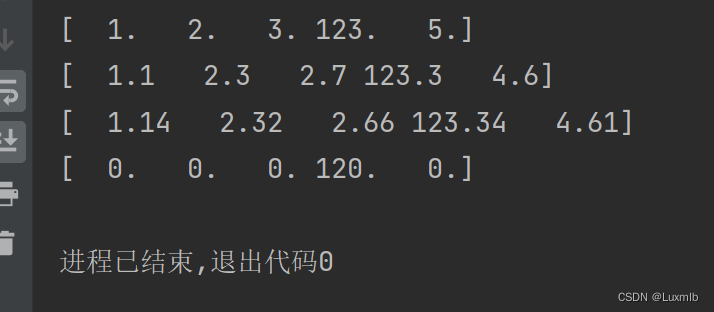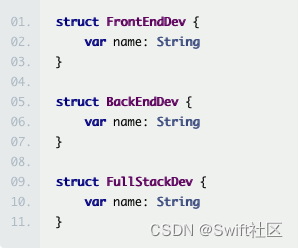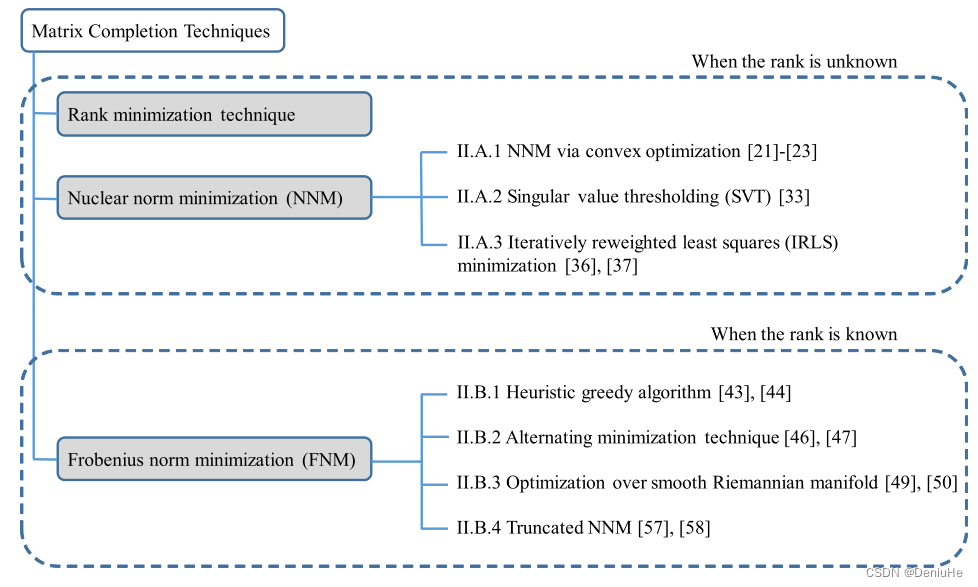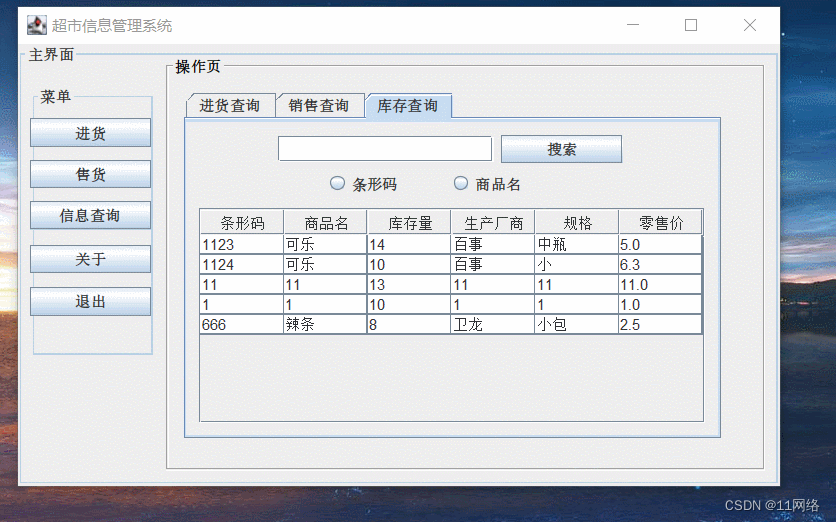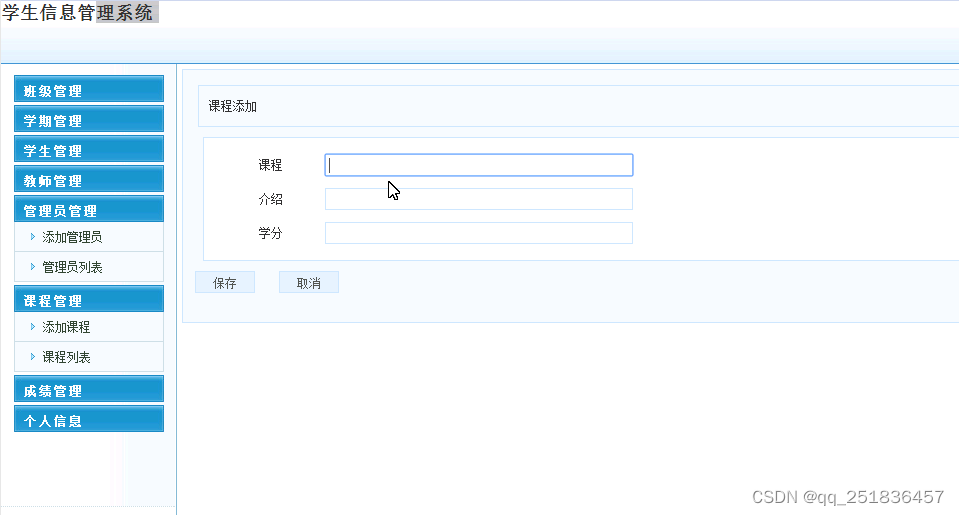目录
1.一般的四舍五入 : 使用内置的round函数
1.1官方文档:
1.2 举例说明:
2.python3里的格式化输出 format
2.1 记忆法则 :填齐宽 逗精类
2.2 format实质就是通过设置精度间接使用了等效round函数,但是不要把格式化输出和四舍五入函数搞混了。
3.数据分析时:numpy数组的四舍五入
1.一般的四舍五入 : 使用内置的round函数
1.1官方文档:
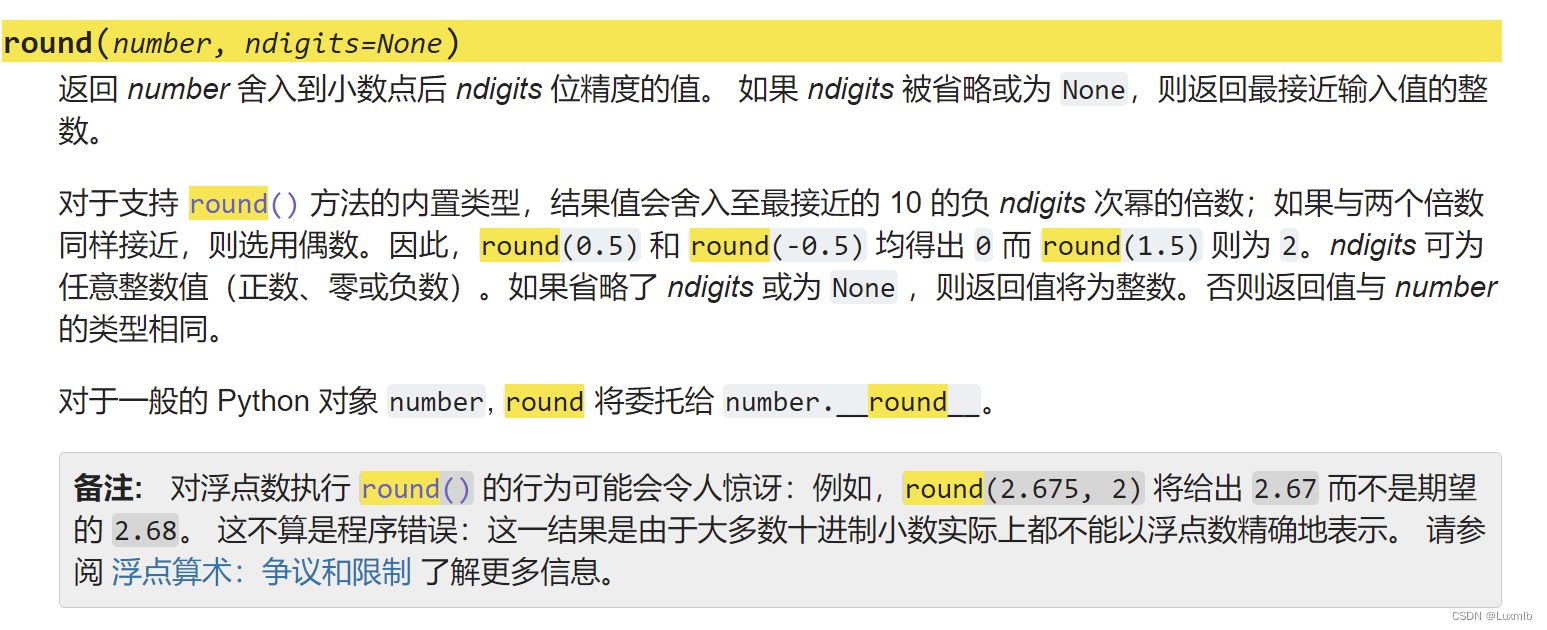
1.2 举例说明:
print(round(1.23)) # 1
print(type(round(1.23))) # <class 'int'>
print(round(1.23, 0)) # 1.0
print(type(round(1.23, 0))) # <class 'float'>
print(round(1.23, 1)) # 1.2
print(type(round(1.23, 1))) # <class 'float'>
print(round(1.27, 1)) # 1.3
print(type(round(1.27, 1))) # <class 'float'>
print(round(-1.27, 1)) # -1.3
print(type(round(-1.27, 1))) # <class 'float'>
print(round(3.1415, 3)) # 3.142
print(type(round(3.1415, 3))) # <class 'float'>
2.python3里的格式化输出 format
2.1 记忆法则 :填齐宽 逗精类
2.2 format实质就是通过设置精度间接使用了等效round函数,但是不要把格式化输出和四舍五入函数搞混了。
x = 3.1415926
print(format(x, '5.2f'))
print(format(x, '4.0f'))
print(format(x, '6.3f'))
print(format(x, '3.3f'))
print(format(x, '0.3f'))
print('value is {:0.4f}'.format(x))输出结果:

3.数据分析时:numpy数组的四舍五入
import numpy as np
a = np.array([1.136, 2.317, 2.65964, 123.3356, 4.61475])
print(np.round(a))
print(np.round(a, decimals=1))
print(np.round(a, decimals=2))
print(np.round(a, decimals=-1))输出结果:
